CVS and Aetna just agreed to the United States’ biggest merger ever. Here’s what it might mean for healthcare providers and patients.
New technologies and easier access to medical information are ushering in a new age of patient empowerment in healthcare. More than ever before, patients are using the technology available to them to gather information about their health and manage chronic conditions. In light of this shift, healthcare organizations are exploring new ways to offer patient-centered services.
A recent announcement from two of the biggest healthcare enterprises in the United States exemplifies this trend. CVS and Aetna recently announced that they intend to merge in the middle of 2018, in a deal valued at $69 billion. The merger has major implications for how we deliver care — especially in rural or low-income areas — as well as how patient preferences and technology will shape the medical industry’s future.
A Merger for an Uncertain Time
The proposed CVS-Aetna merger comes at a tumultuous time for healthcare. Providers, insurers, and pharmacies are bracing themselves for changes to Medicare and Medicaid as a result of tax cuts. Combine this with impending threats to the Affordable Care Act — as well as Amazon’s looming entry into pharmaceuticals — and it becomes clear that traditional healthcare companies need new ways to compete and protect their market share.
CVS’s choice to acquire Aetna will give both companies a distinct advantage over competitors by reaching patients at almost every medical touchpoint. The two companies share similar philosophies about the future of healthcare and have heavily invested in mobile solutions that allow patients to engage with their health information on-the-go. Aetna’s mobile app lets patients search for professionals and manage claims, while CVS maintains the largest text alert network of any pharmacy chain. Combined, Aetna and CVS will have access to a user base of more than 65 million patients, most of whom expect a certain standard of mobile, personalized care.
A New Model for Patient-Centric Care
But the merger has bigger implications than simply securing a larger market share. If completed, it will drive adoption of a new patient-centric care delivery model — one where the retail store plays a central role in day-to-day management of chronic conditions. Nurses and pharmacists could give patients counsel on diseases like diabetes, or even conduct the lab work necessary to diagnose a condition.
Even better, the huge data pool created by the merger would allow CVS-Aetna to provide personalized service at every touchpoint, from diagnostics to insurance claims. Even better, all these components would be accessible to patients and clinicians through the same digital, mobile-friendly portal, providing one easy way to manage all aspects of a person’s care journey.
It remains to be seen how effective this model is at reducing costs and increasing the overall quality of care for patients. But the potential for success is high, especially in low-income or remote areas where patients generally have less access to services. By increasing the number of services available in retail locations and providing those services at affordable prices to those with minimal or no insurance coverage, companies can increase the number of people who can receive the preventative care they need.
The potential CVS-Aetna merger signals an exciting time for the healthcare industry — a time when healthcare companies and medical organizations are beginning to structure their offerings around the patient experience. We look forward to seeing whether the merger goes through, and what it may bring when it does.
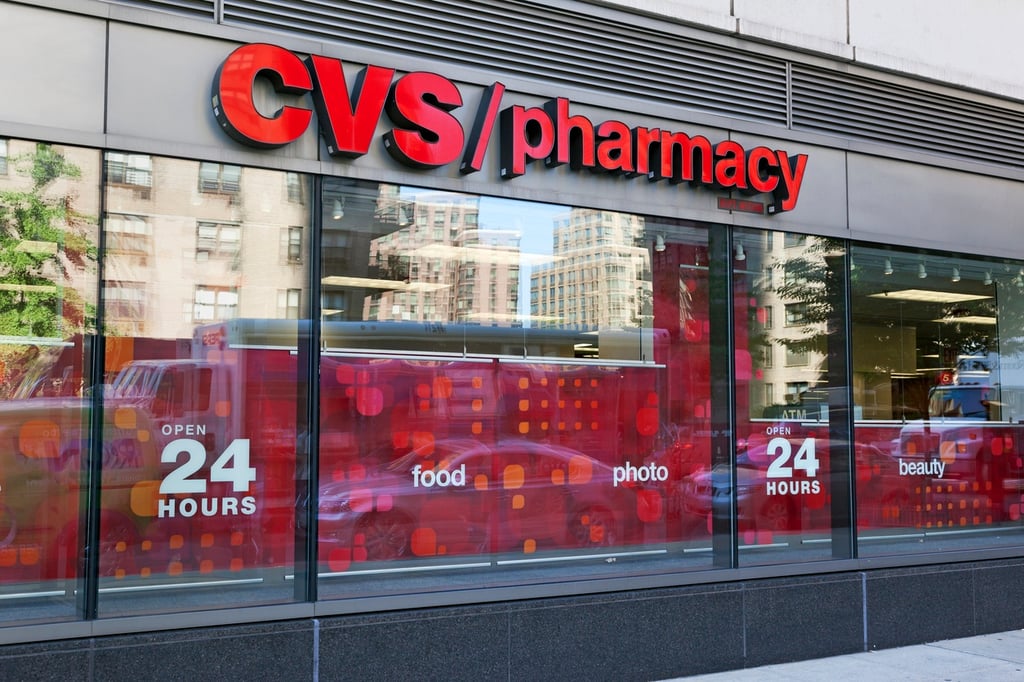















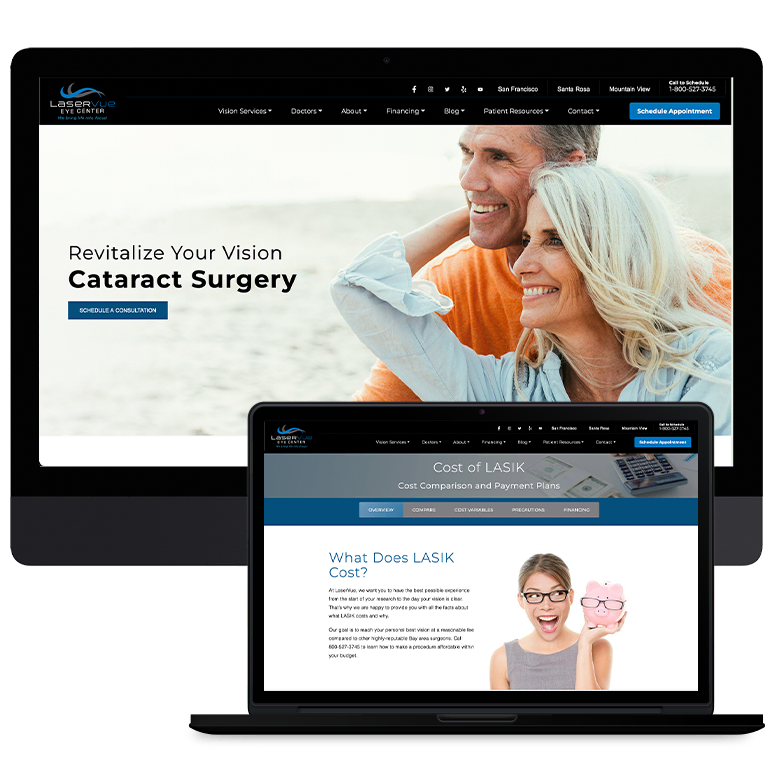
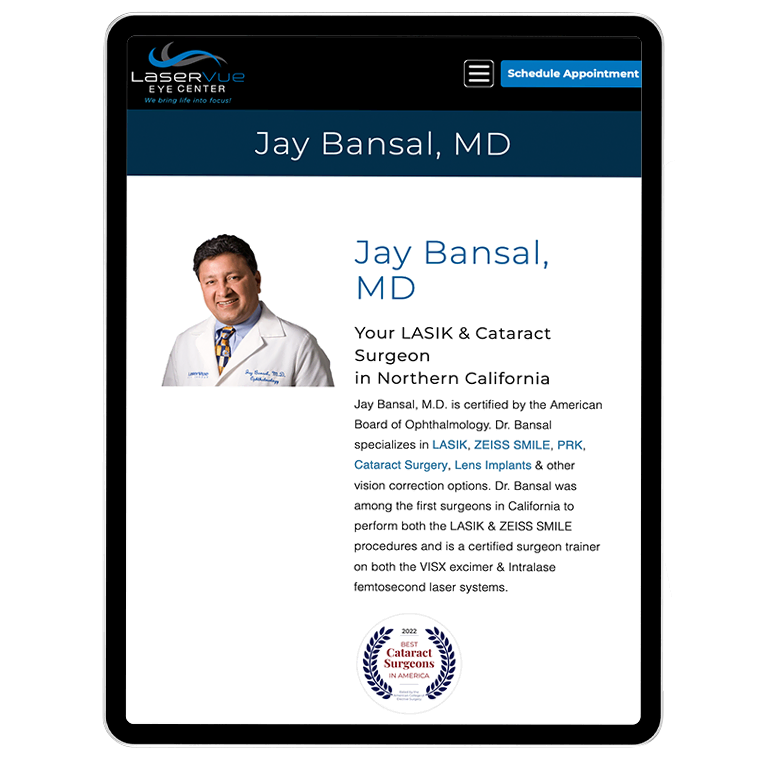
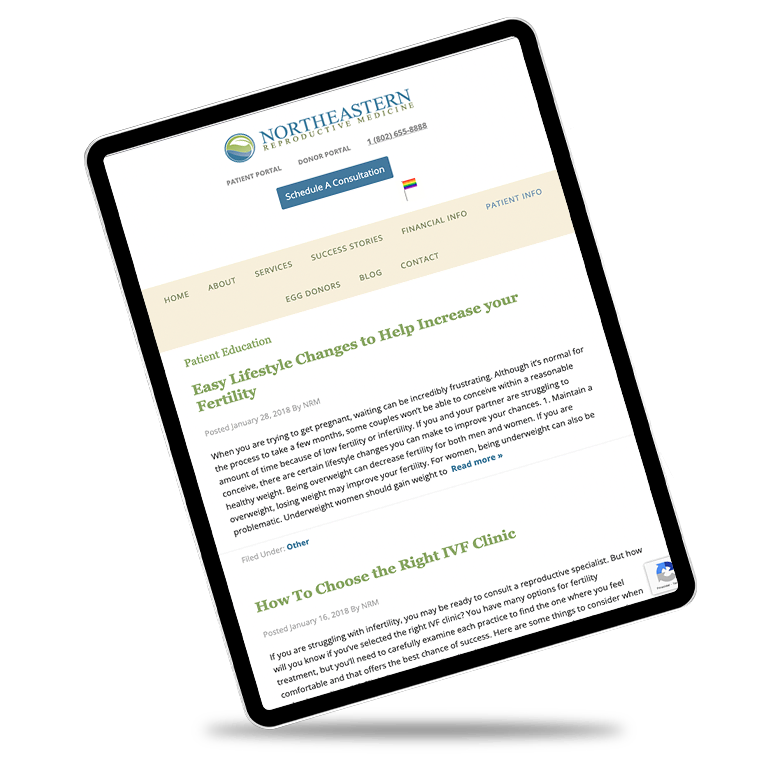
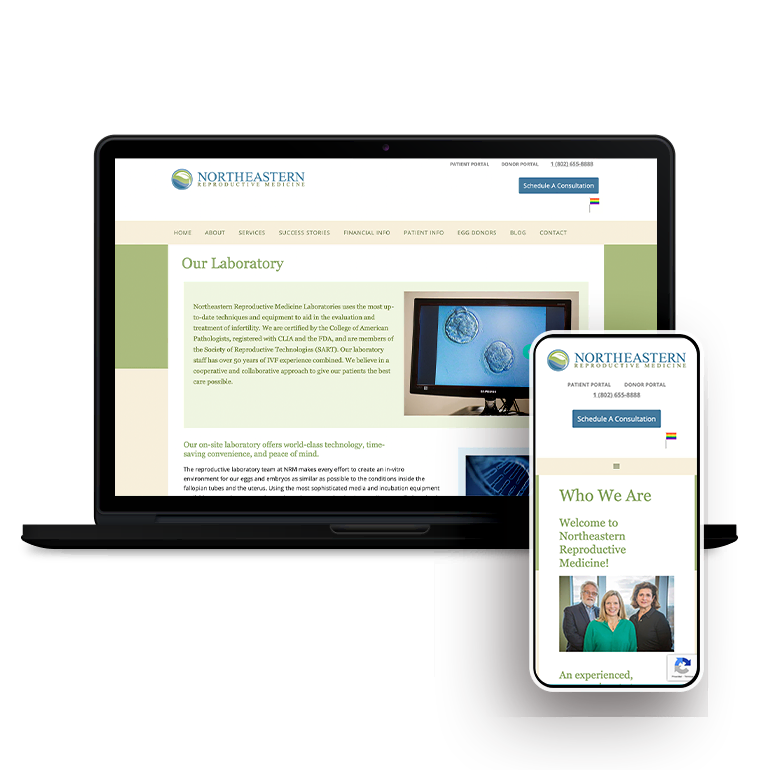
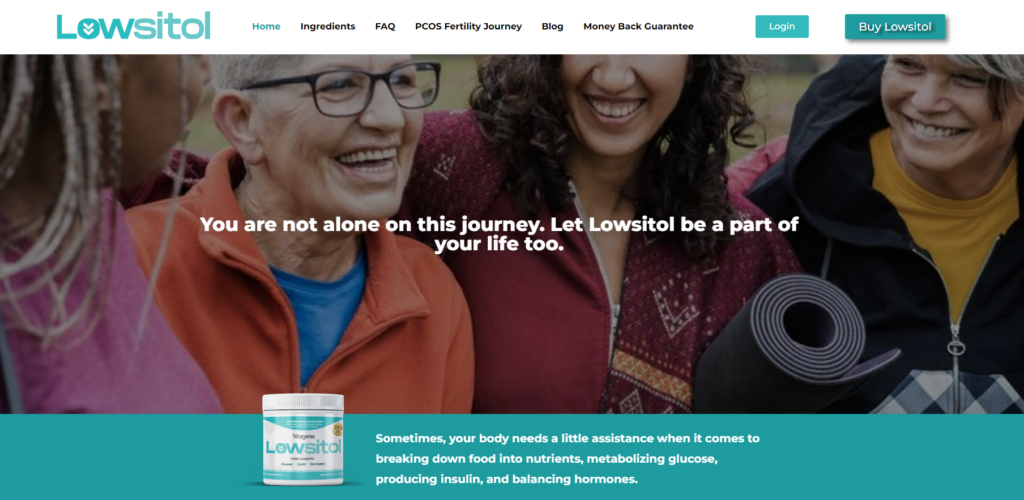
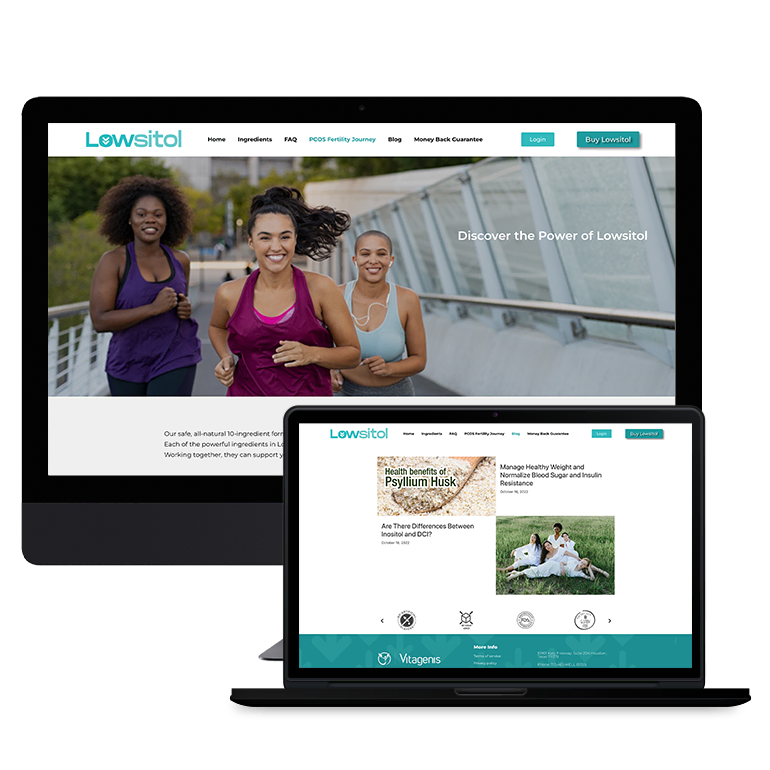
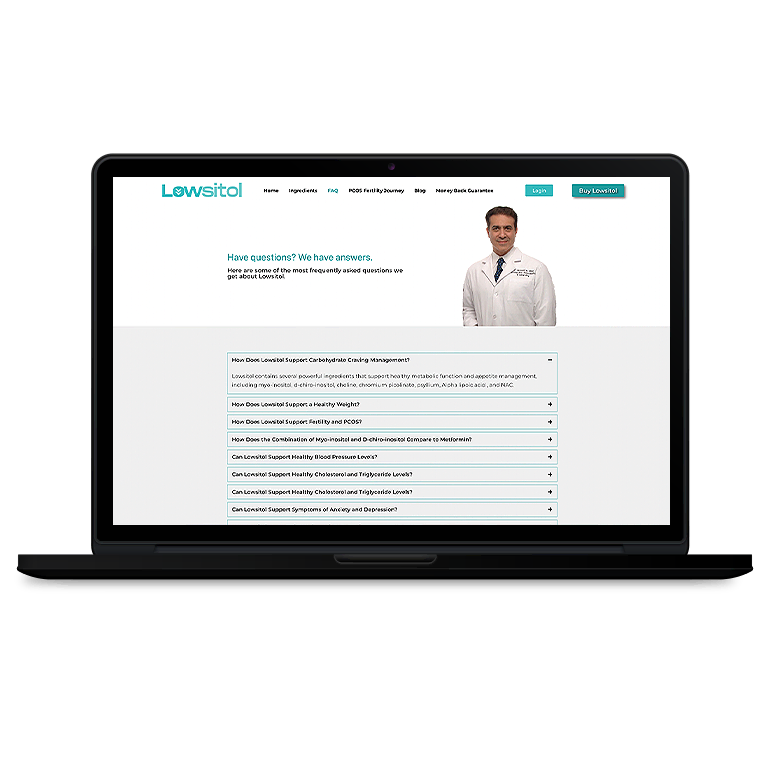
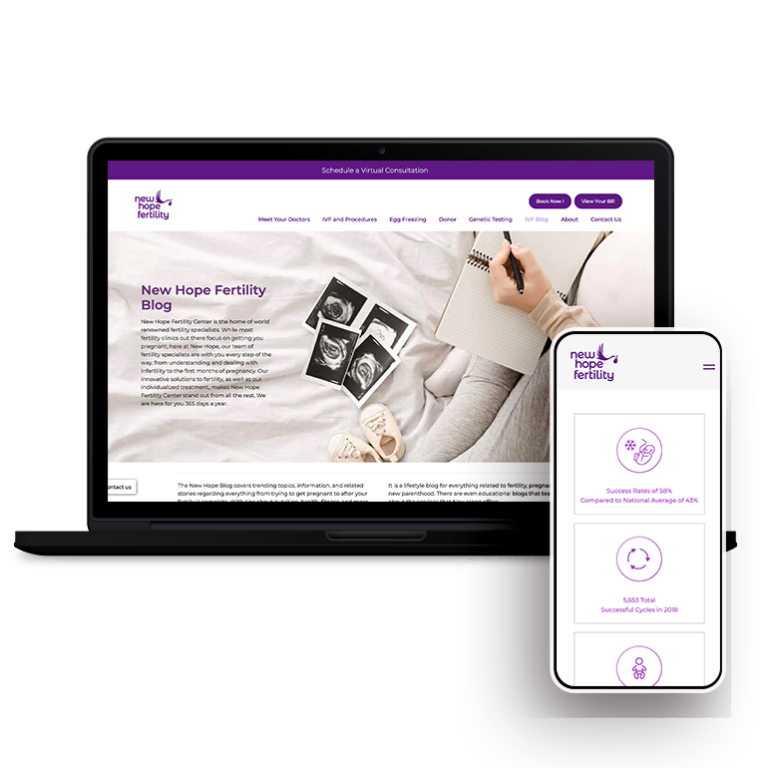
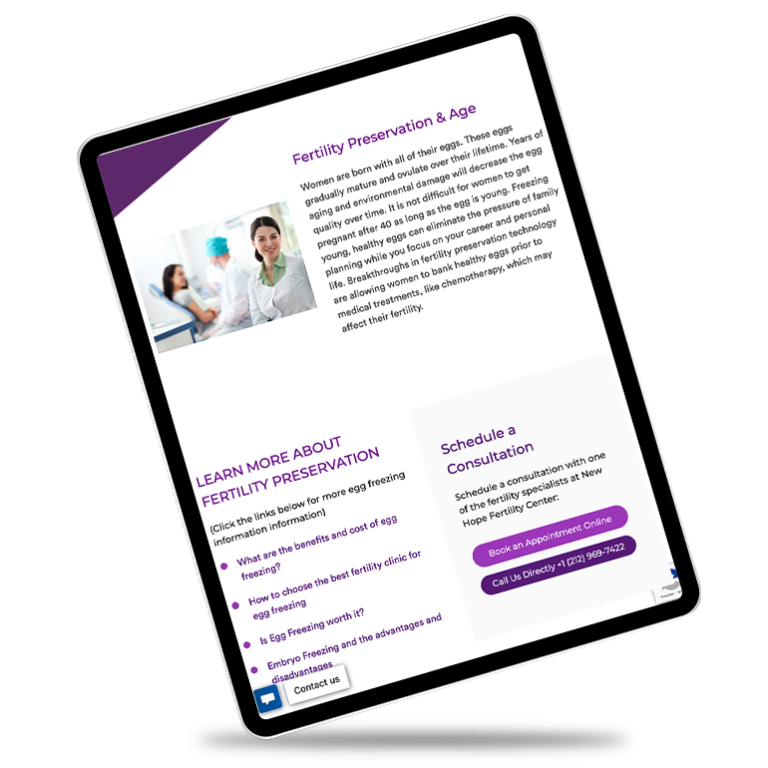
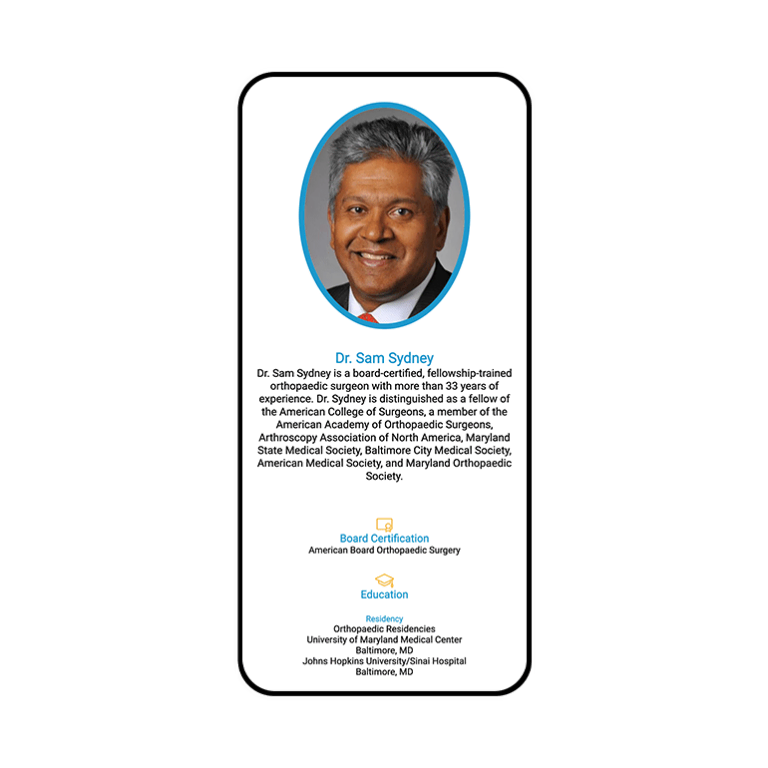
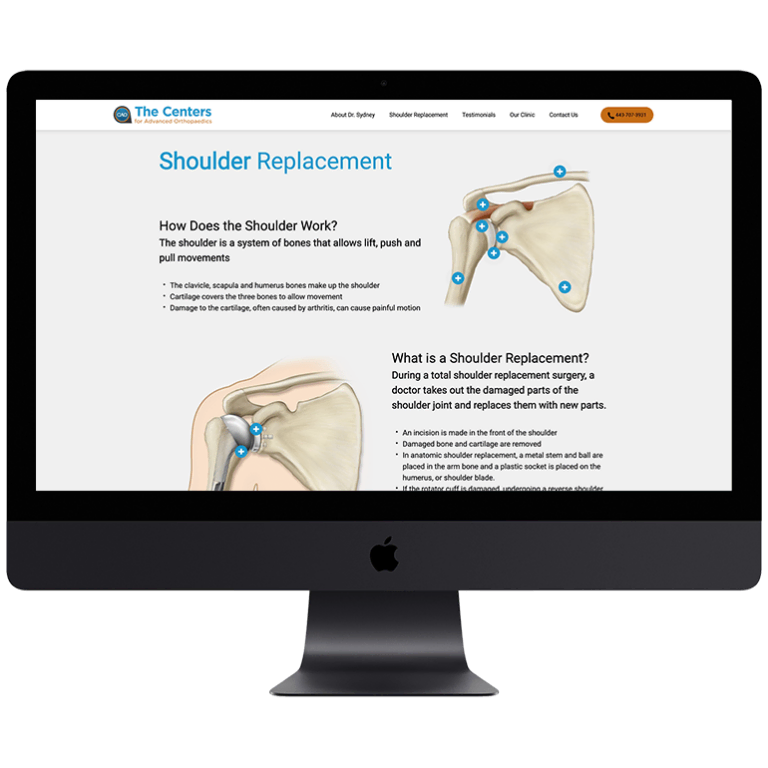


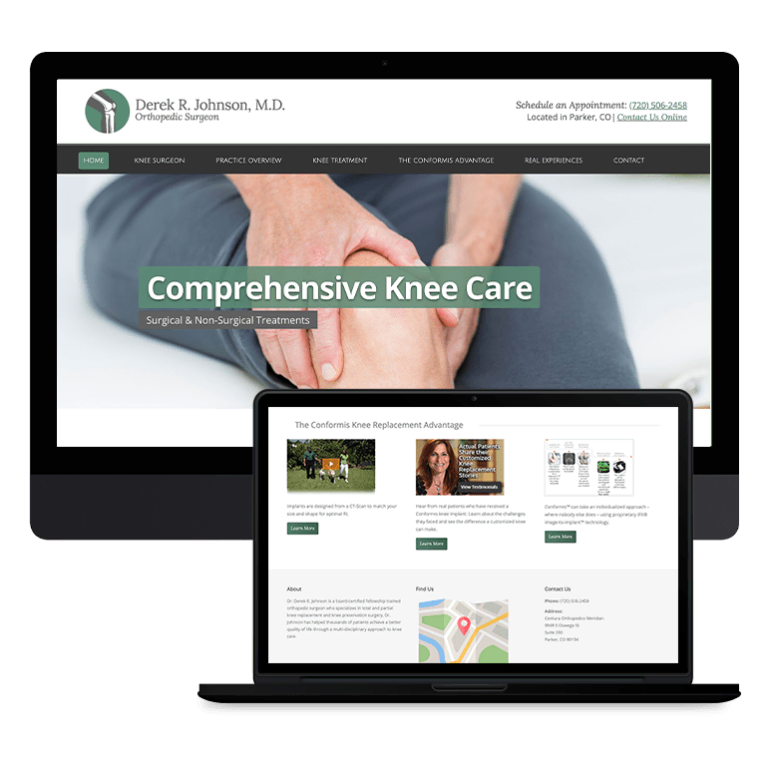
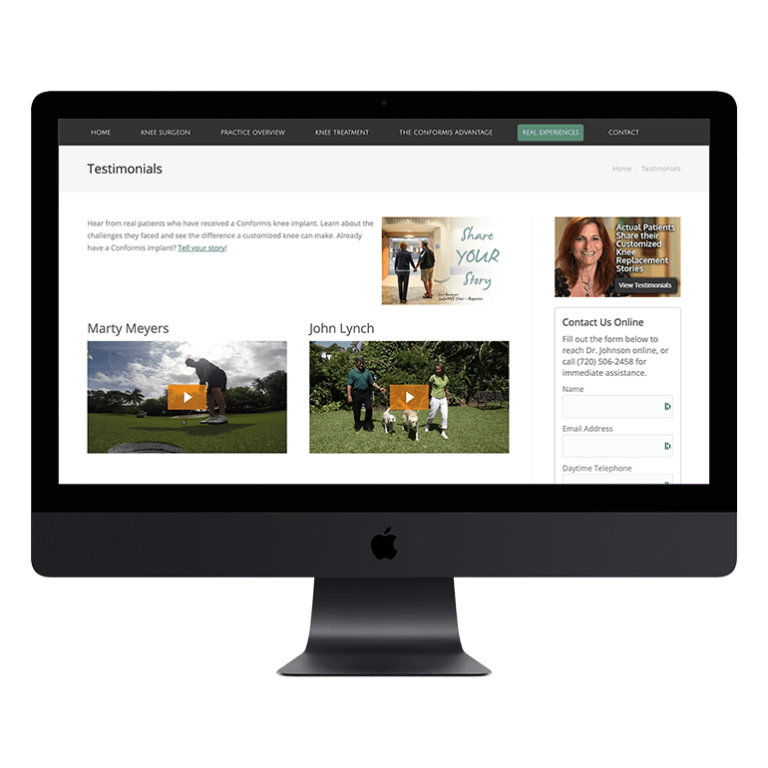
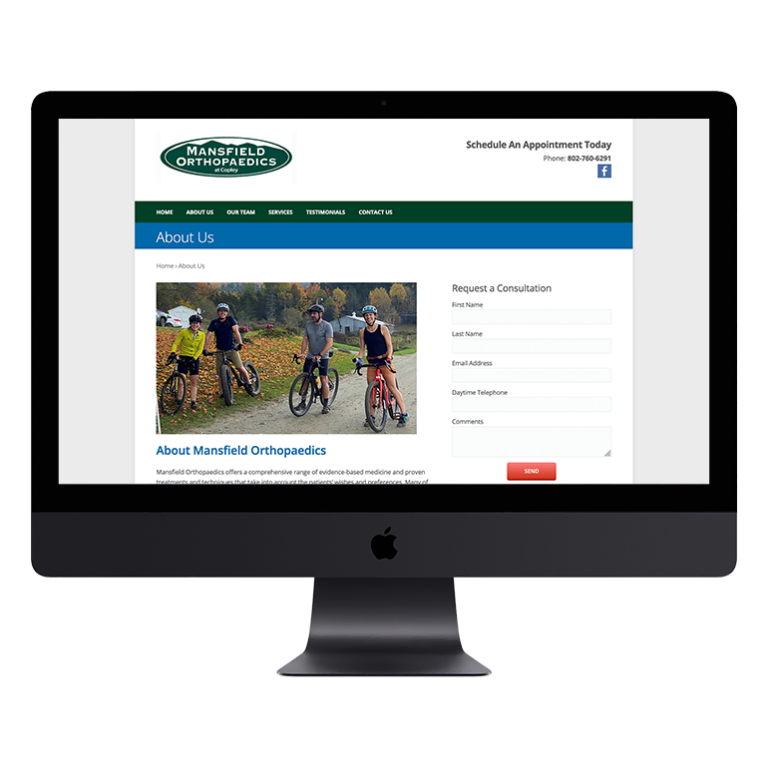
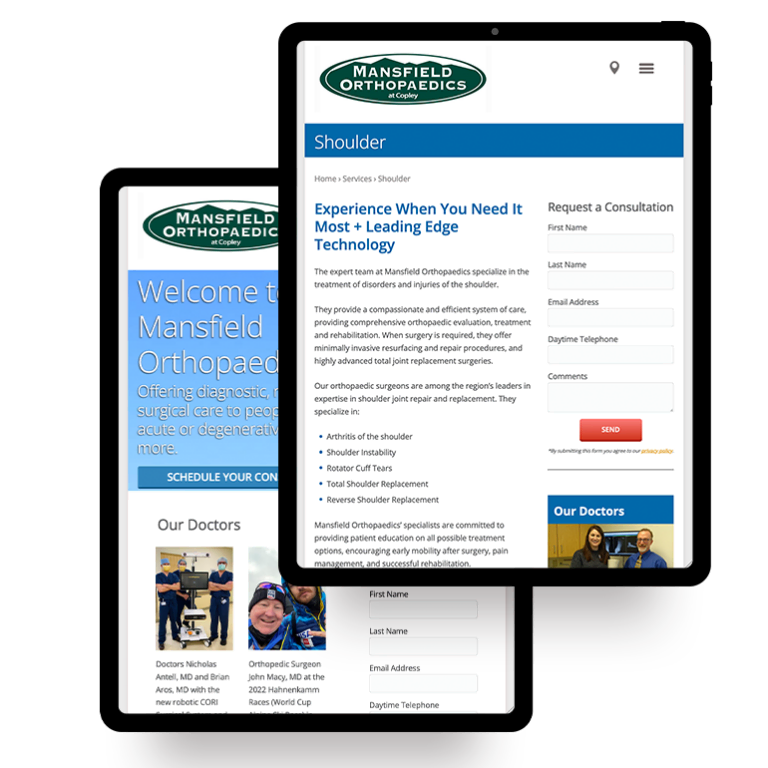
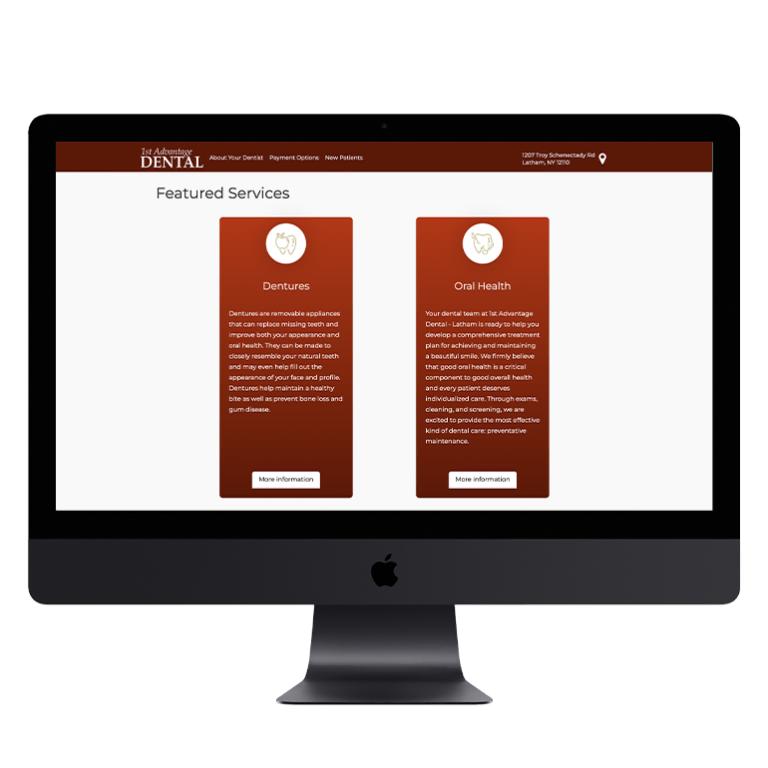
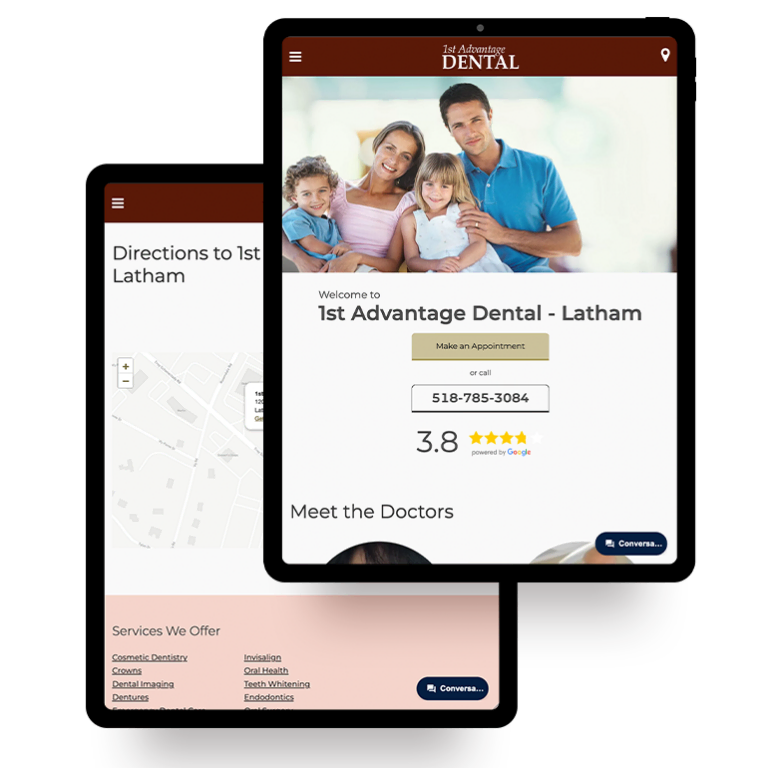
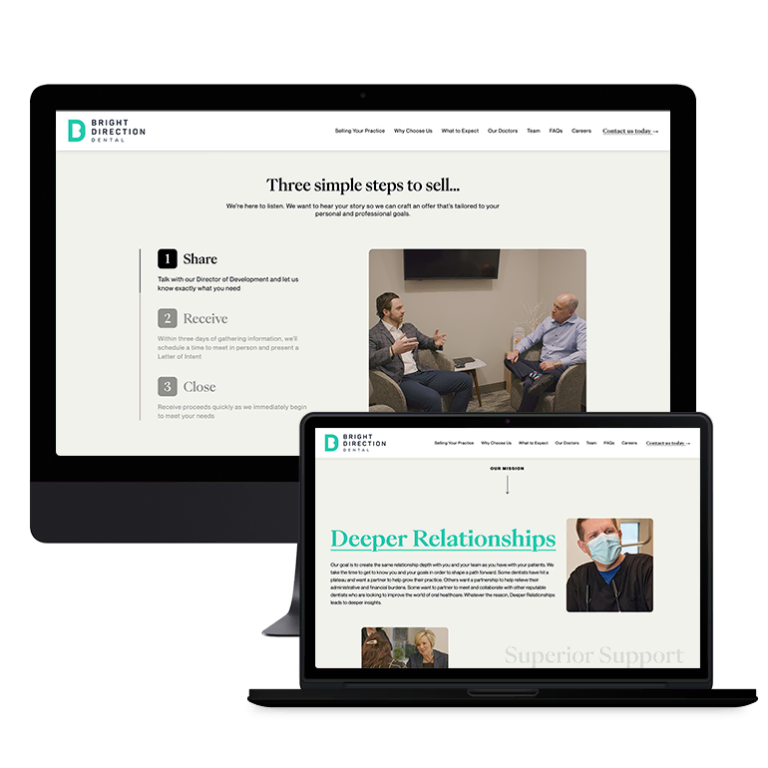
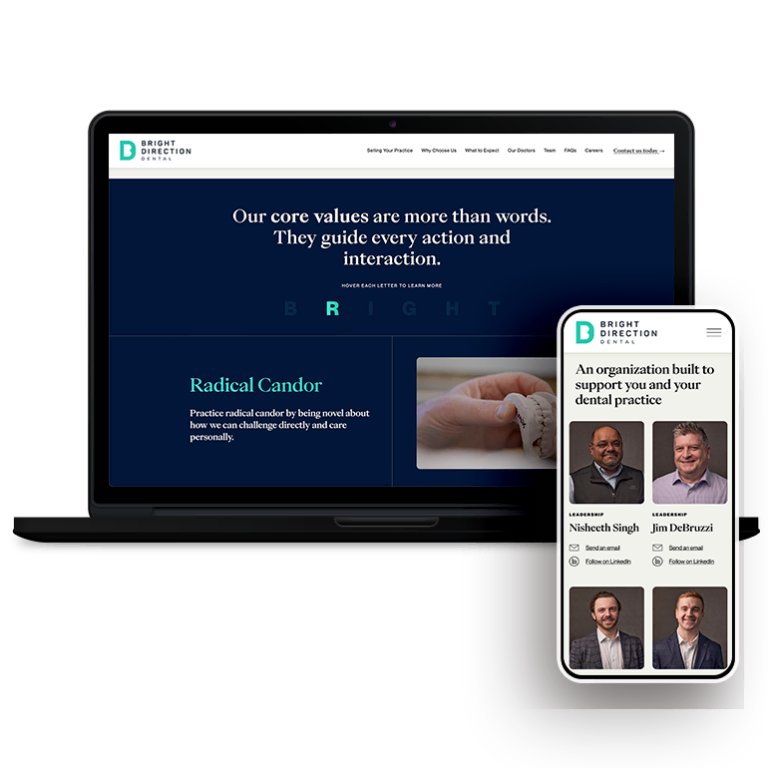
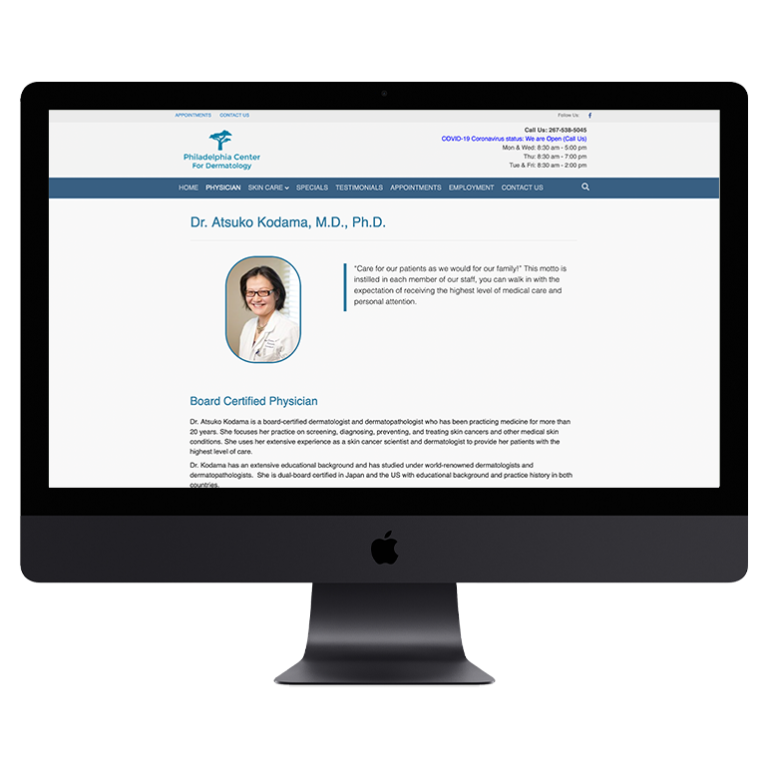
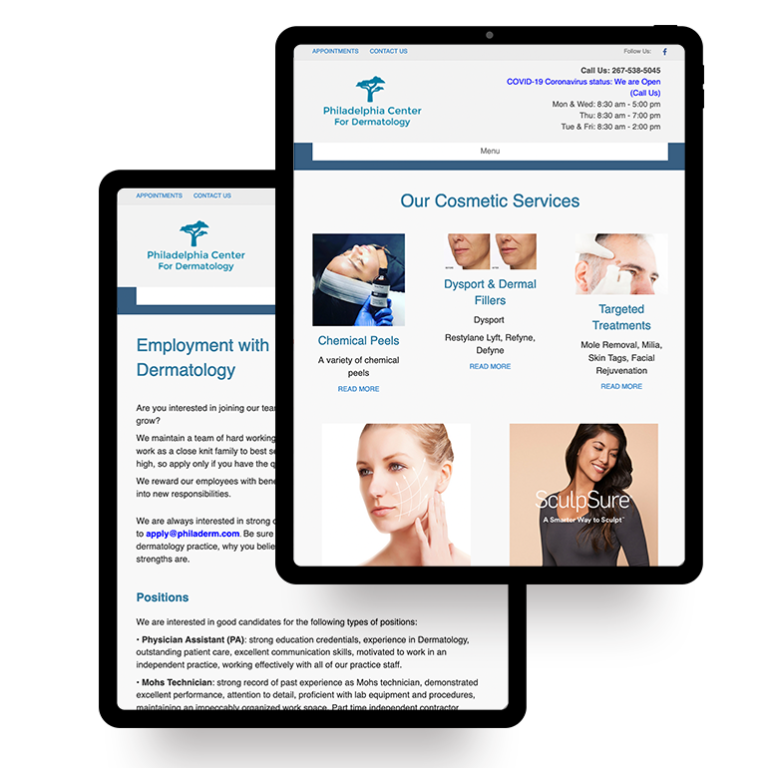
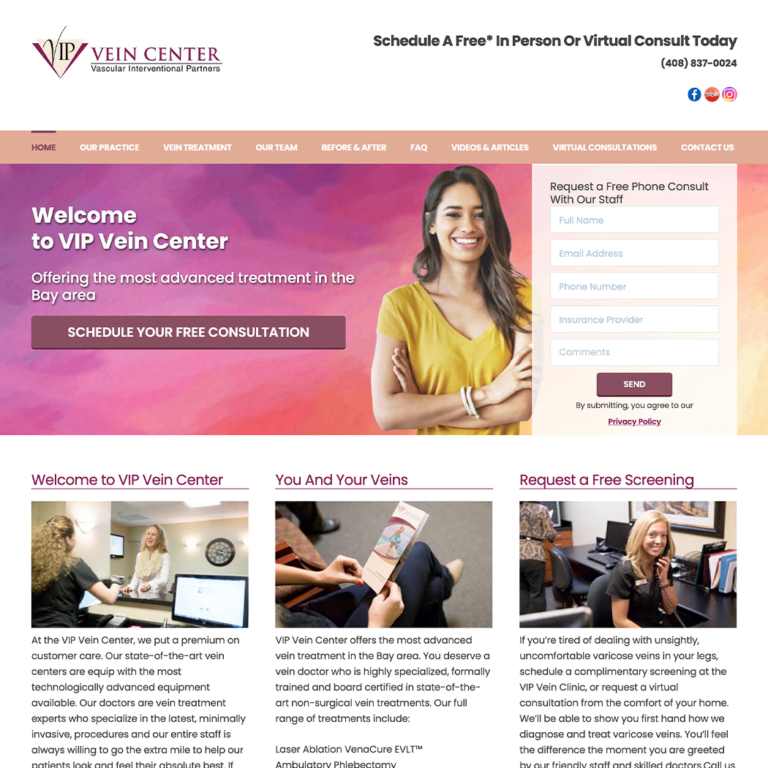
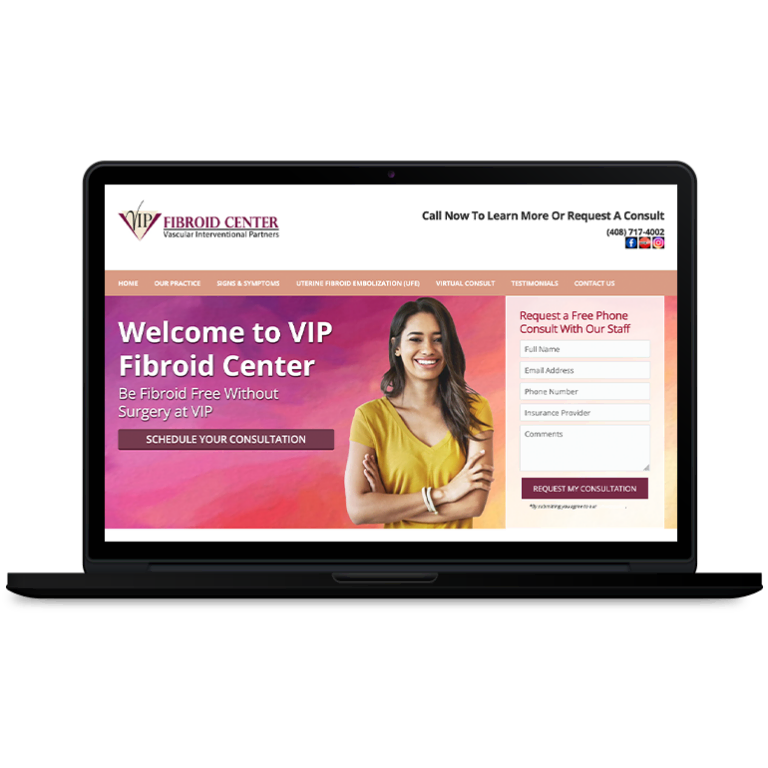

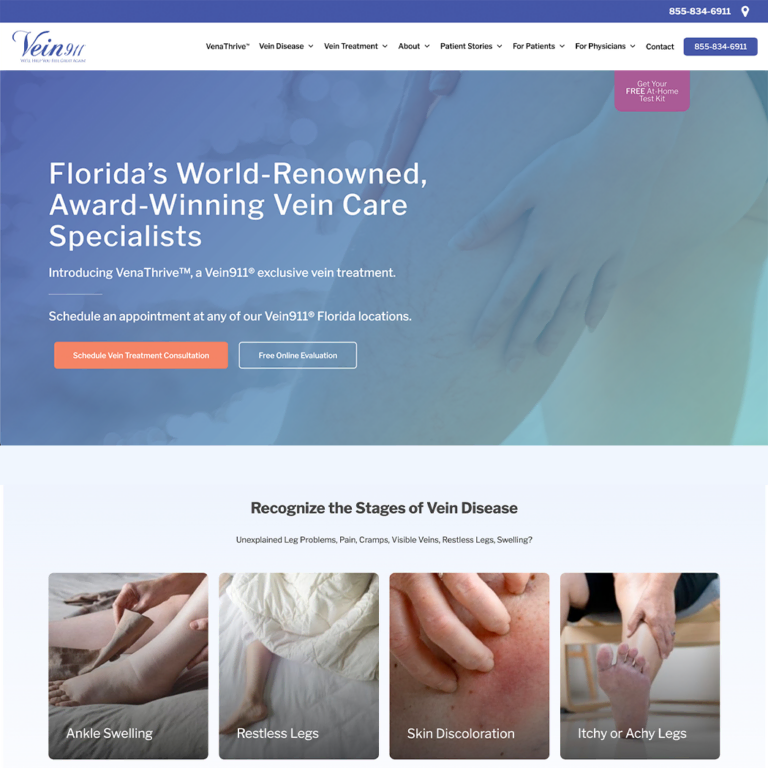
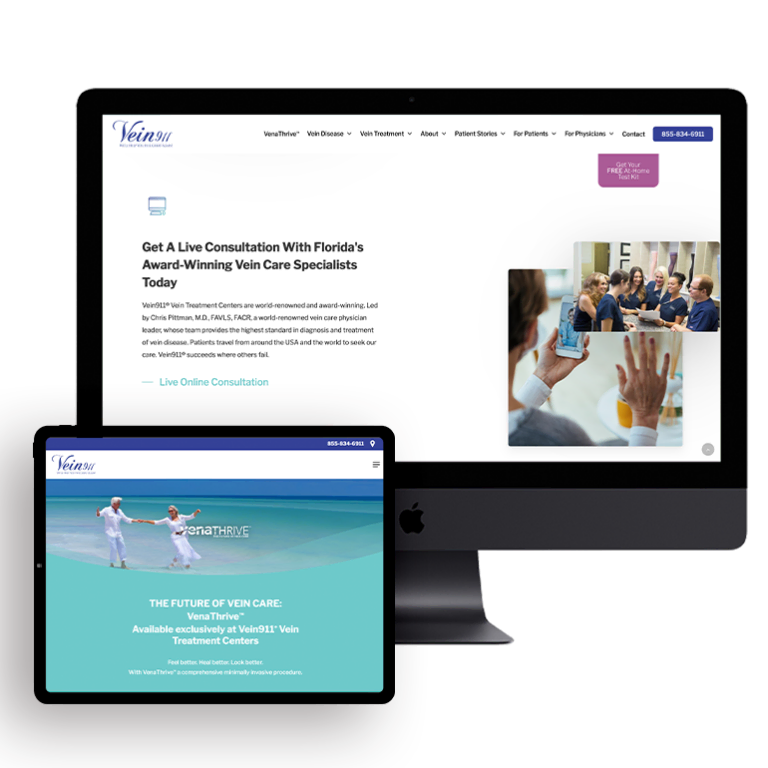
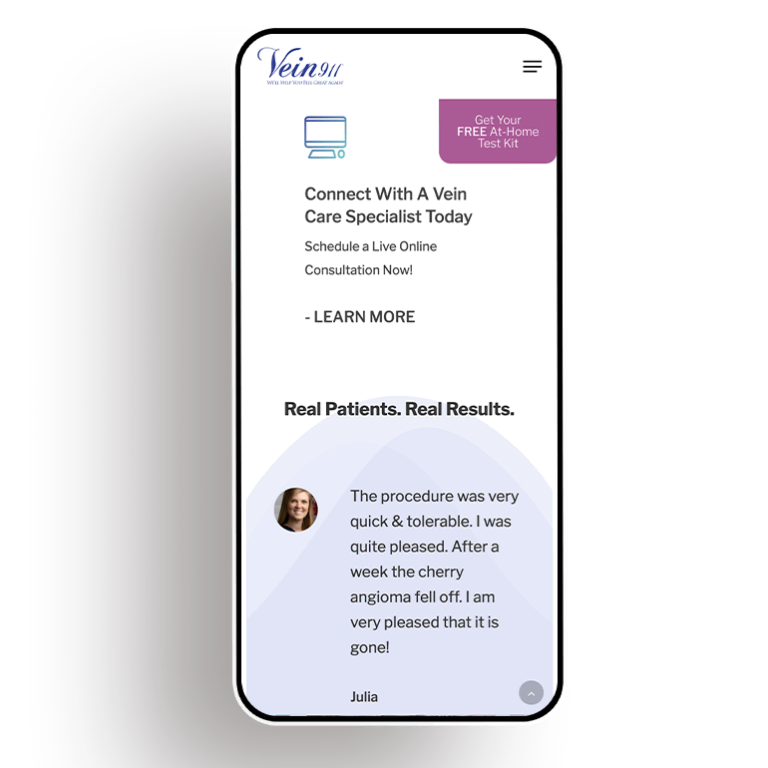
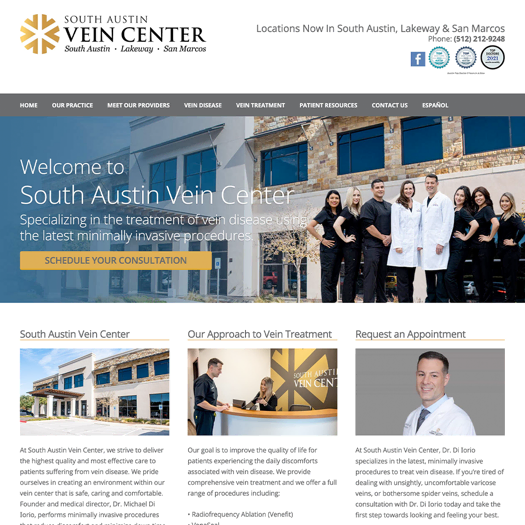
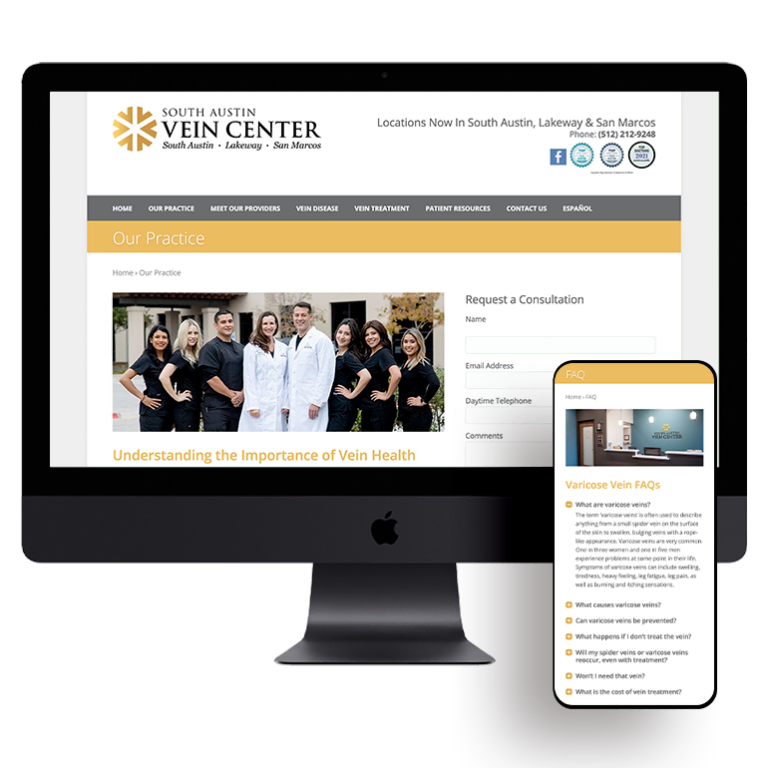


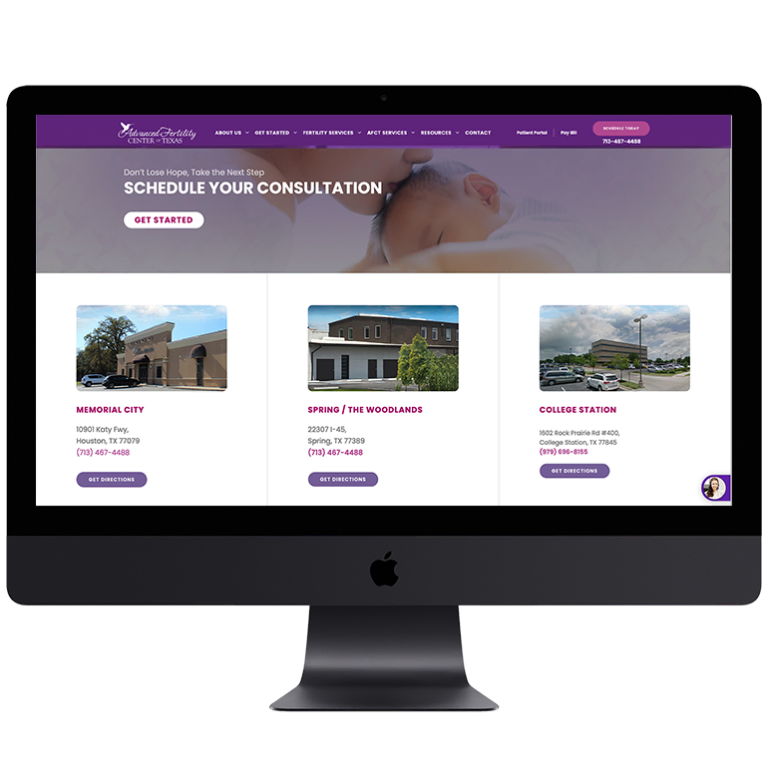
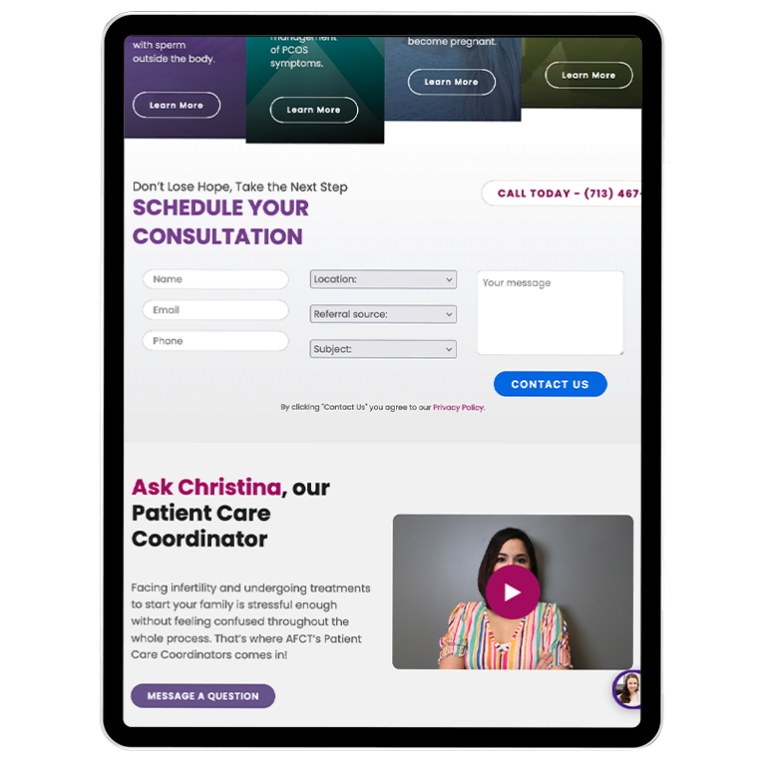
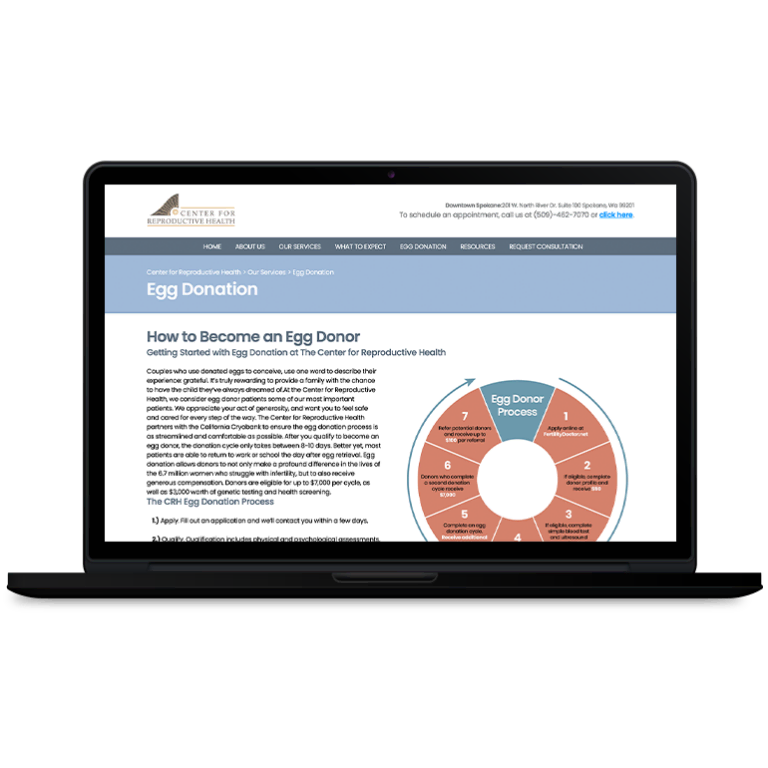
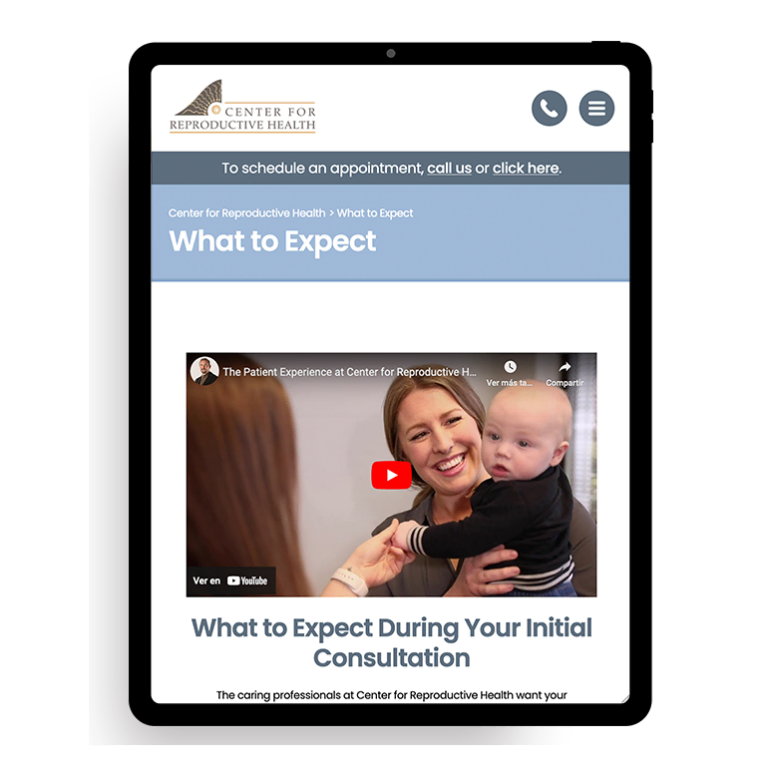
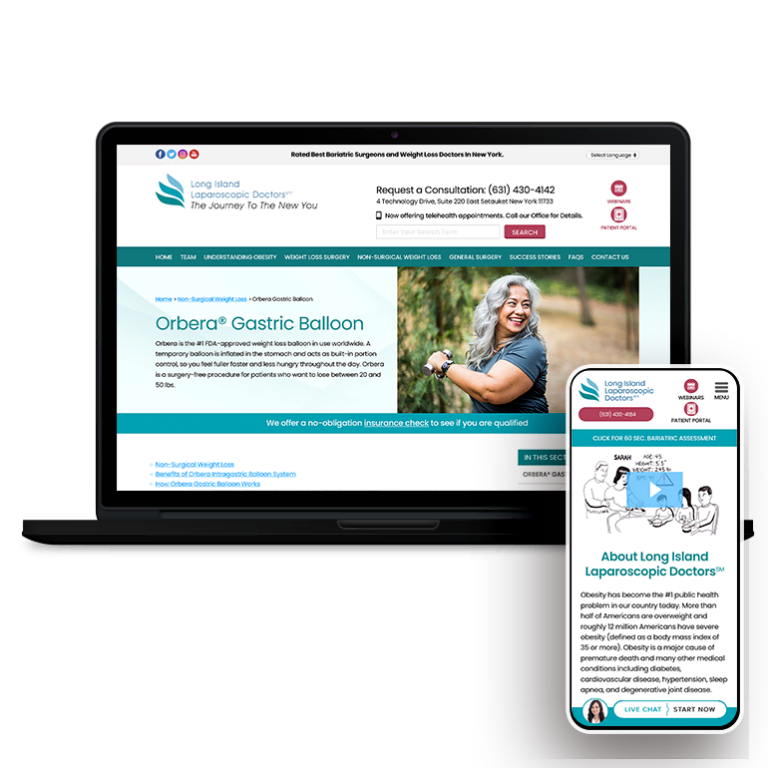
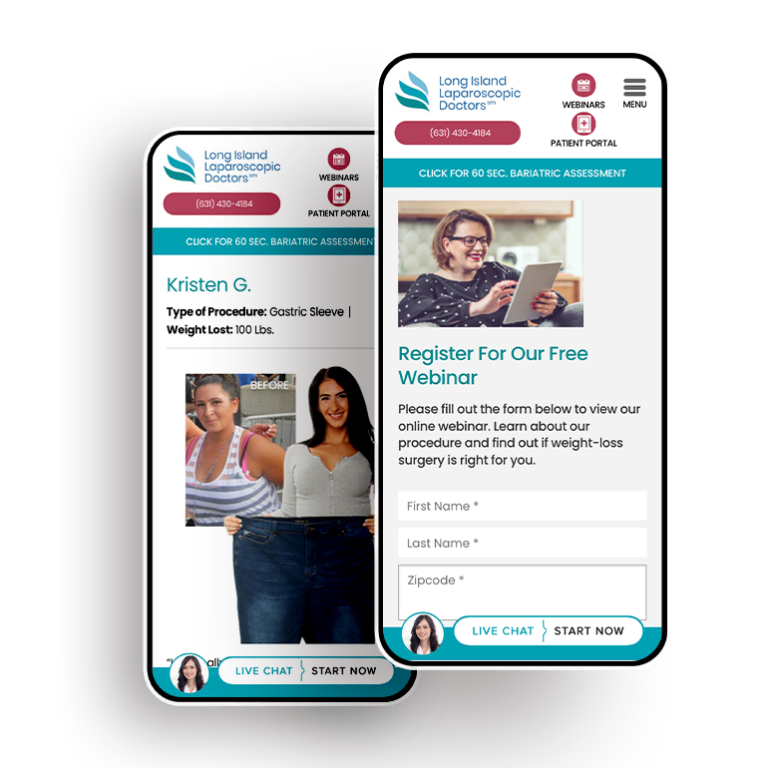
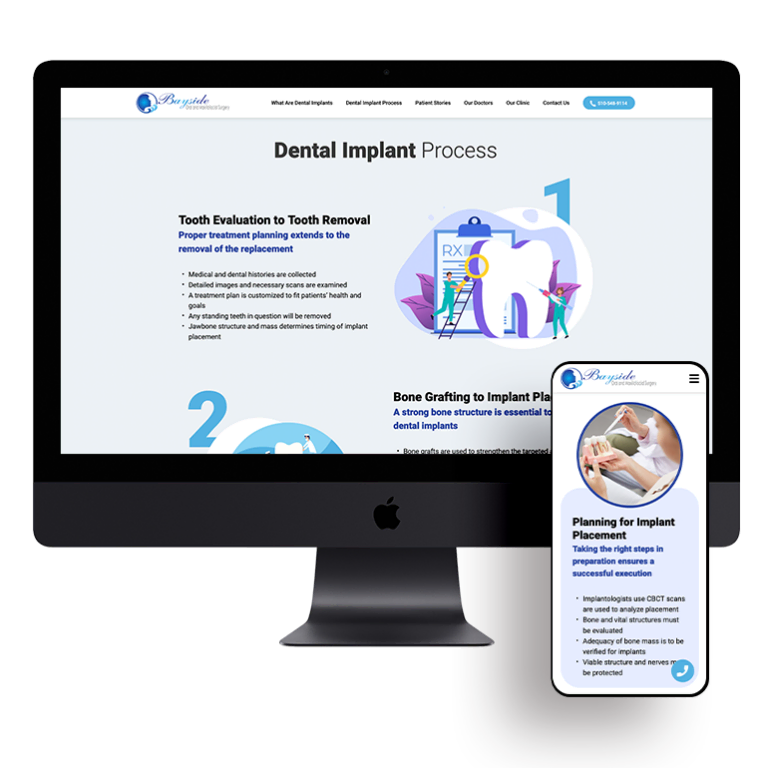
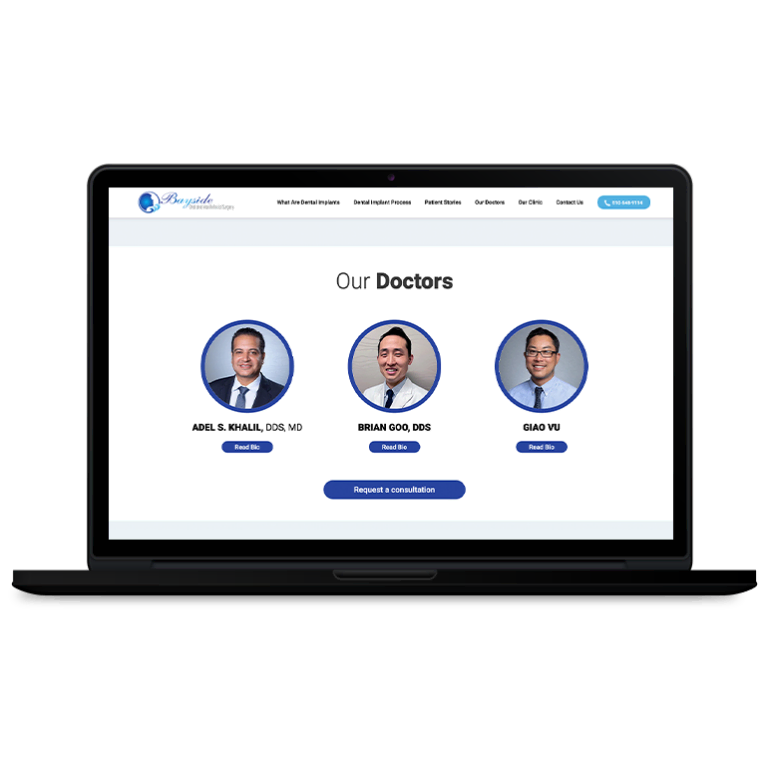

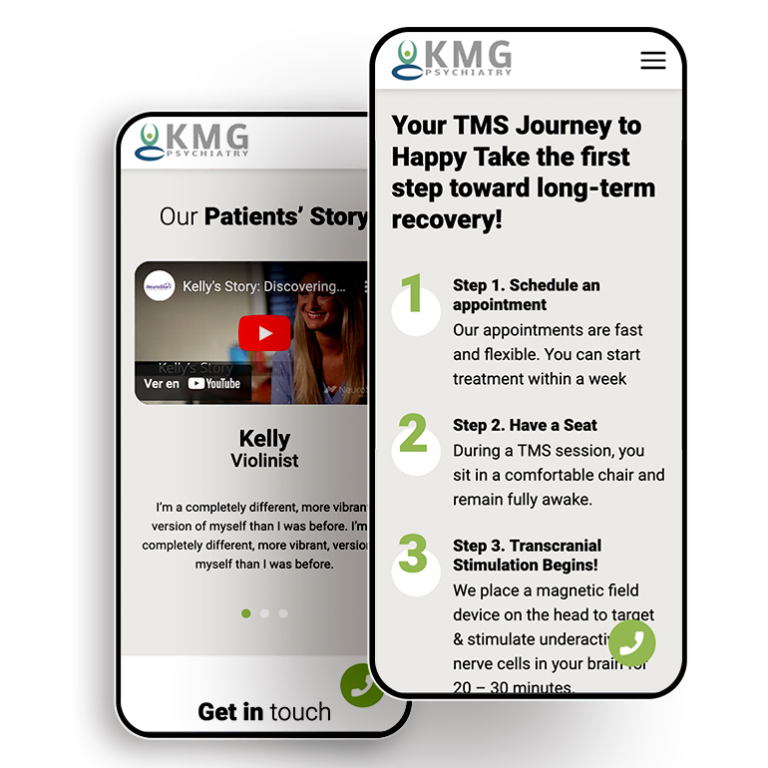
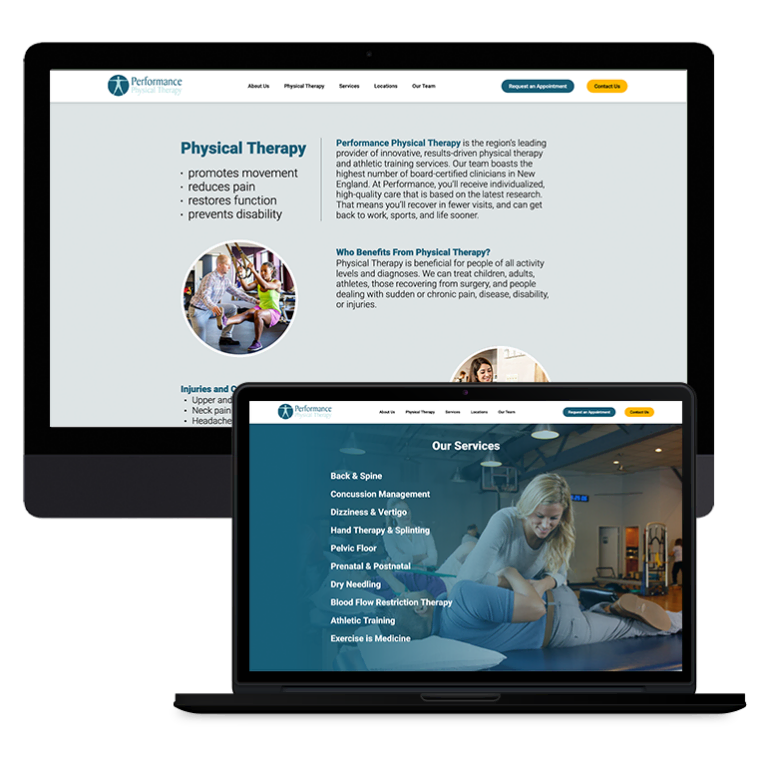
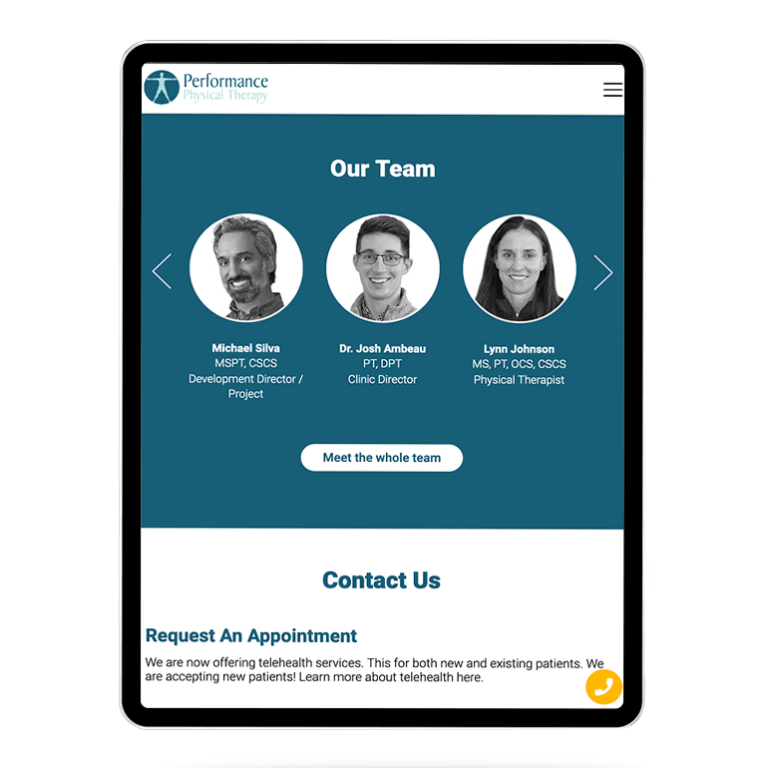
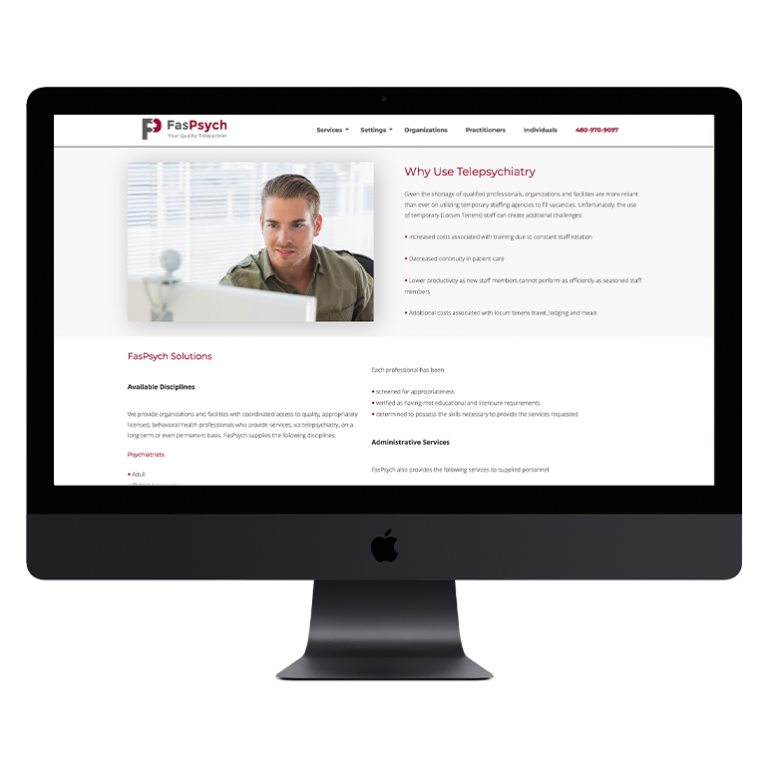
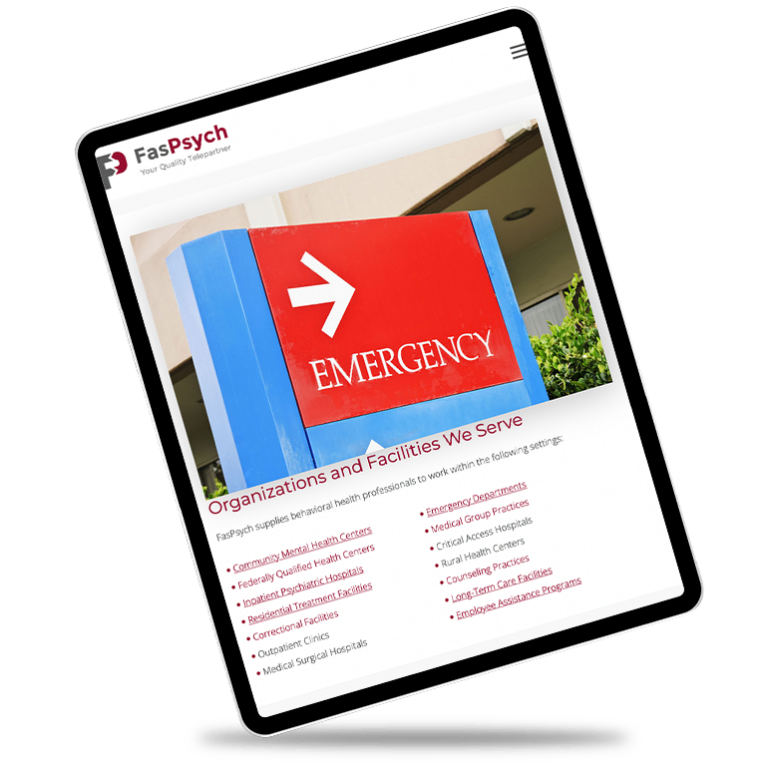
 Smart Design Creates New Patient Opportunities
Smart Design Creates New Patient Opportunities